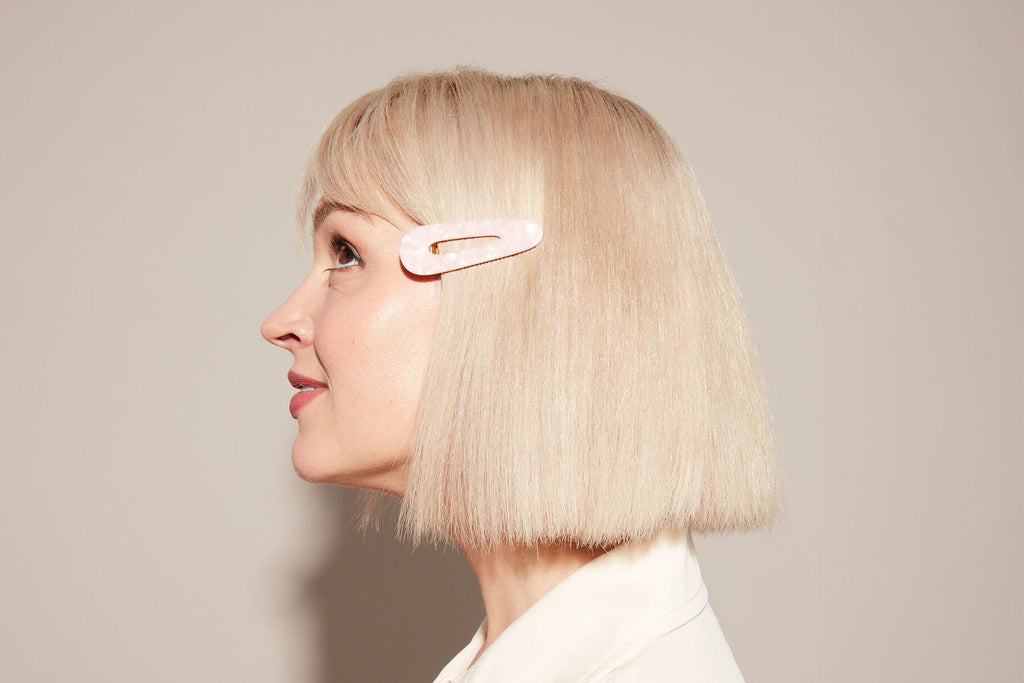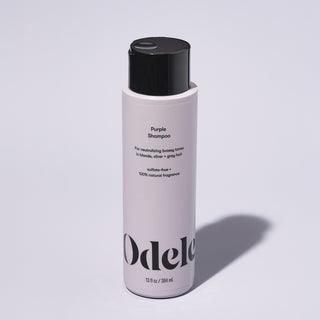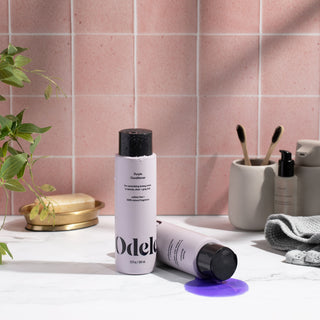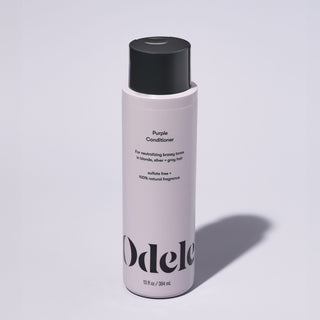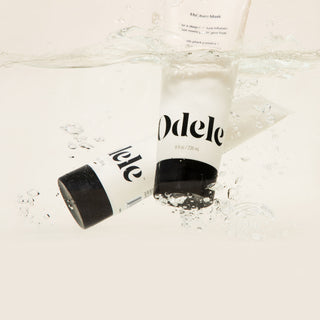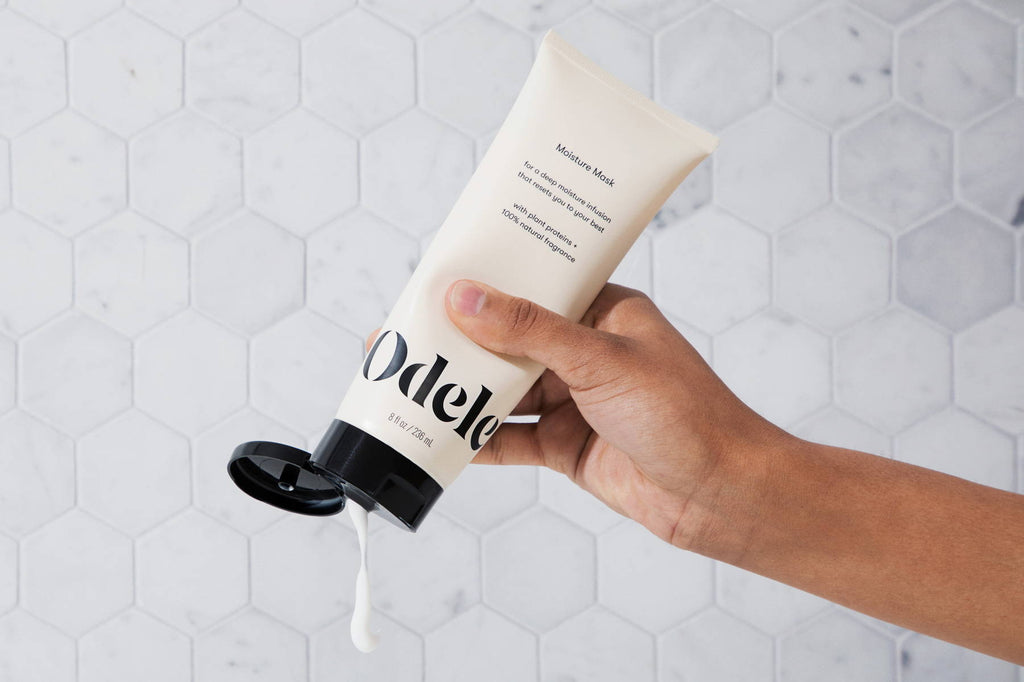Thinking about dyeing your hair? We’re excited for you. There’s nothing like a fresh shade of color (or colors!) to change up your look. If this is your first color treatment, there are some pretty important things you’ll want to know before taking the plunge. We chatted with Lucia Heinrich, professional colorist and owner of Saint Lucia Salon in Minneapolis, about what to expect and prepare for, whether you’re going for a few highlights here ‘n’ there or a total transformation.
1. Do your research.
Hair color is a complex science. And when you’re messing with the chemical composition of your mane, safety matters.
If you’re heading to the salon, Lucia recommends choosing a stylist who not only specializes in color but also has experience working with your hair type. “Before you book, read up on reviews and browse their website or social channels. See if you can find real examples of work they’ve done on your hair texture.”
Between treatments and touch-ups, dyeing your hair is a long-term journey, so make sure you’re in good company as well as good hands. “It’s worth taking time to find the right stylist," Lucia advises. "You’ll be spending a lot of time with that person!”
More of a DIY-er? That’s cool, too—just be sure to consider the pros and cons of an at-home treatment. On that note…
2. Know when to DIY—and when to go pro.
Trying to go a shade or two darker? You can probably do so safely at home.
Big changes like highlights or bleaching, however, are best left to the experts. “If you’re going lighter, I always recommend seeing a professional,” says Lucia. “Bleach is a really harsh chemical I wouldn’t play around with.”
A botched bleach job could lead to brassiness at best and nightmare-ish breakage at worst. Hydrogen peroxide, the chemical in hair bleach, lightens by permanently stripping pigment from the hair. It takes a lot of finesse to apply it properly, and even perfectly following directions isn’t always fail-safe.
Going darker can also be complicated, but it’s generally simpler since you’re adding pigment to your hair, not taking it away. Lucia says, “If you’re doing something semi-permanent like a root touch-up, DIY can be fine. Just be aware that if you end up needing a color correction, it’s often more costly and challenging than starting at the salon.”
Ultimately, it all comes down to how big of a change you’re making and how committed you are to achieving your ideal shade.
3. Get a consultation.
If you decide to go with a pro, get a consultation. Many salons offer free consultations to set you up for success, especially ahead of a major or permanent treatment.
There are a lot of factors that can affect how your shade turns out, and at the top of that list are your hair type and health. During a consultation, your stylist gets a chance to examine your strands up close, and you get a chance to ask all your pressing questions. You’ll both be better prepared once your appointment rolls around.
You’ll also get a better idea of what to plan for as far as timeline, cost and maintenance. Lucia notes, “Anyone can have any hair color, but your hair type can affect how long it takes to achieve your desired result.” For example, fine hair may need a “low and slow” application, while thick hair might be able to handle a major transition in one or two sittings. Your stylist can help set expectations about how many sessions you’ll need to perfect your shade and what to budget for.
4. Don’t sleep on upkeep.
No surprises here: color-treated hair needs special TLC. To keep your shade looking fresh, you may need to:
- get regular touch-ups
- wash your hair less frequently (not complaining about this one!)
- wash your hair with cool water
- switch to color-safe shampoo, conditioner + styling products
- add a lot more moisture to your routine
Certain styles will require more maintenance than others, so keep this in mind when picking a shade. Do you have the time and funds for monthly touch-ups? If not, going from black to platinum blonde might not be the right move right now.
If “low effort” is your motto (ours, too), look into easy-to-maintain methods like balayage or babylights. Ask your stylist what techniques they recommend for easy upkeep.
Bottom line? Be realistic about what you’re willing to commit to (and pay for).
5. Consider the health of your hair.
Like any chemical treatment, coloring your hair will take a toll on its health. Before starting the process, make sure your mane’s in good shape.
If your hair’s in a rough state, your stylist may suggest waiting until it’s healthier. Very fragile strands may not handle dye well, which could mean damage or a less-desirable color result.
Lucia’s tip? Use a moisturizing mask once a week to strengthen your strands before treatment and restore moisture after. Beyond that, she says, “Anything you can do to better take care of your hair will reduce breakage.” Think gentle accessories, silk or satin pillowcases and heat-free styles.

